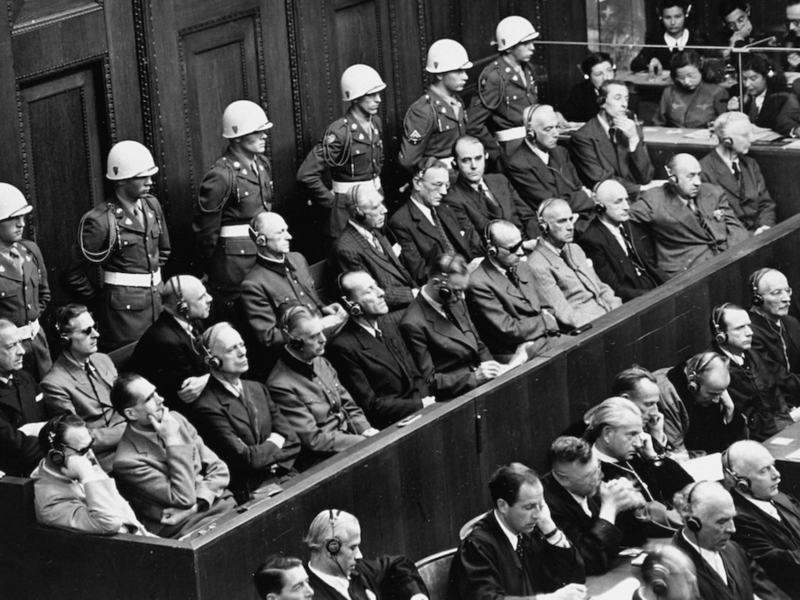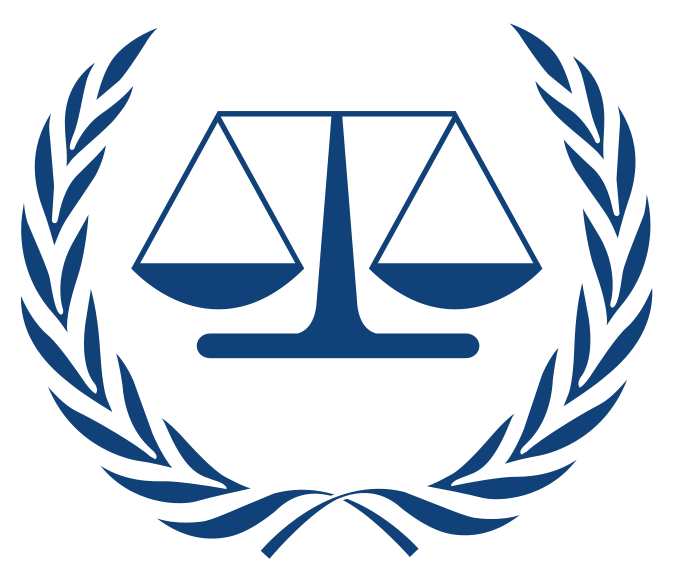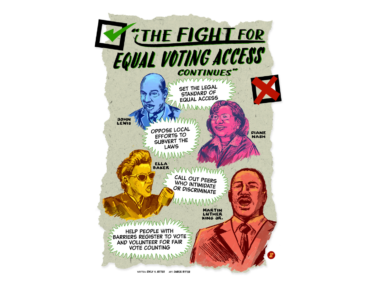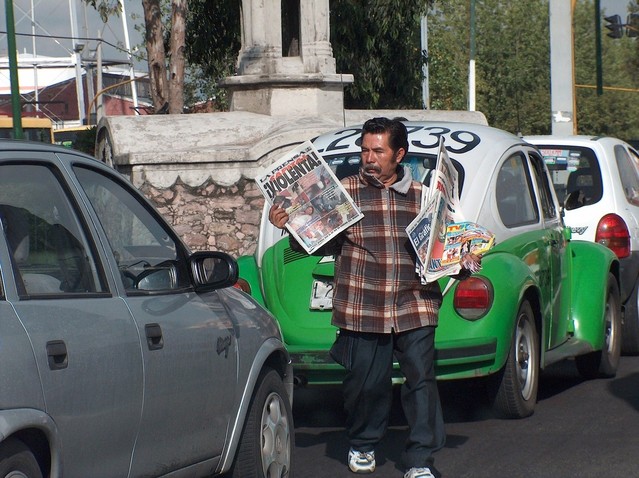Guest post by Cyanne E. Loyle
On February 21, 2021, the US Justice Department ordered the deportation of Friedrich Karl Berger. Berger is a German citizen and former Nazi guard at the Neuengamme concentration subcamp. His deportation was ordered under the 1978 Holzman Amendment to the Immigration and Nationality Act because of his willing assistance in Nazi-sponsored persecution. In other words, Berger is a genocide perpetrator. At the age of 94, Berger will likely be one of the last Nazis to be identified and extradited from the US.
In the last 60 years, organizations around the world have worked to identify and hold perpetrators of genocide accountable for their crimes. In the former Yugoslavia organizers and perpetrators of the Srebrenica massacre have been brought before the International Criminal Tribunal for the Former Yugoslavia. The Rwandan government has tracked and prosecuted genocide perpetrators who fled to Canada, France, and the United States. The International Criminal Court has issued an arrest warrant for former Sudanese president Omar al-Bashir for crimes of genocide in Darfur.
Yet, identifying Friedrich Karl Berger over 60 years after his immigration to the US raises an important question: despite our best efforts to track and prosecute the perpetrators of genocide, how many are we missing?
Research on the characteristics and motivations of genocide perpetrators relies heavily on the study of individual offenders whom researchers are able to identify. Scholars tend to study two categories of genocide perpetrators: those who have been captured and prosecuted for their crimes, and those who never left the site of violence in the first place. For example, in Rwanda scholars focus on individuals who have been prosecuted by the International Criminal Tribunal for Rwanda and perpetrators who were tried in village Gacaca courts. In the case of the Holocaust, scholars have examined central figures such as Adolf Eichmann or others prosecuted at Nuremberg, as well as low-level functionaries of the Nazi machine.
These projects work to understand the motivations and characteristic of people who perpetrate genocide in order to develop more robust policy tools for genocide prevention—yet they often fail to incorporate the motivations and characteristics of those who have gotten away. Thinking more systematically about who we are missing can help us develop a stronger understanding of who participates in genocide and how to prevent this violence in the future.
So who are we likely missing? In new work on missing genocide perpetrators, Christian Davenport and I argue that in many cases we are missing people who had the resources and knowledge to escape, but not those who were notorious enough to be identified and caught. These missing perpetrators likely differ from low-level functionaries because of their resources and opportunities for flight, and also because of their level of guilt. Missing perpetrators are people who understood the consequences of their actions and had the international connections, money, and wherewithal to flee and remain undetected. Missing perpetrators are more likely to be middle-level functionaries and committed ideologues. In the Holocaust, these are guards like Friedrich Karl Berger. In Rwanda, these are members of the Rwandan military and Presidential Guard.
We can’t study people we can’t find and that has implications for the conclusions we draw from our research. Studies of perpetrators tend to coalesce around an “everyman” hypothesis where all of us would be capable of committing mass atrocities given certain conditions. In Germany and Poland discussions center on the banality of the evil that was perpetrated by unwilling soldiers. The narrative in Rwanda is about neighbors killing neighbors. These troupes obscure the reality of violence during genocide. During the genocide in Rwanda, for example, over 45 percent of all killing events involved explosives—a weapon unlikely to be in the possession of Rwandan farmers. While everyman tales are important, they are only one part of the narrative and represent only the stories of perpetrators we have identified and studied. We have yet to study the missing.
If missing perpetrators had greater resources and greater culpability in genocide violence, then it is likely that we have failed to examine the more committed ideologues who knowingly and willingly participated in violence. If this is the case, our strategies for preventing genocide are missing applications for future perpetrators who are likely to be the most committed to violence—and the ones practitioners should be most committed to stopping. Policies to manage misinformation and reduce dehumanization, for example, may be useful in stopping certain types of perpetrators, but will likely fail to move the mark on larger scale episodes of violence. Changing the behavior of mid-level functionaries and committed ideologues calls for policies that directly weaken the military power of genocide states. This requires continuing work to identify areas at risk for mass atrocity and strengthening international responses around the Right to Protect.
Cyanne E. Loyle is an Associate Professor of Political Science at Pennsylvania State University and a Global Fellow at the Peace Research Institute Oslo (PRIO).






